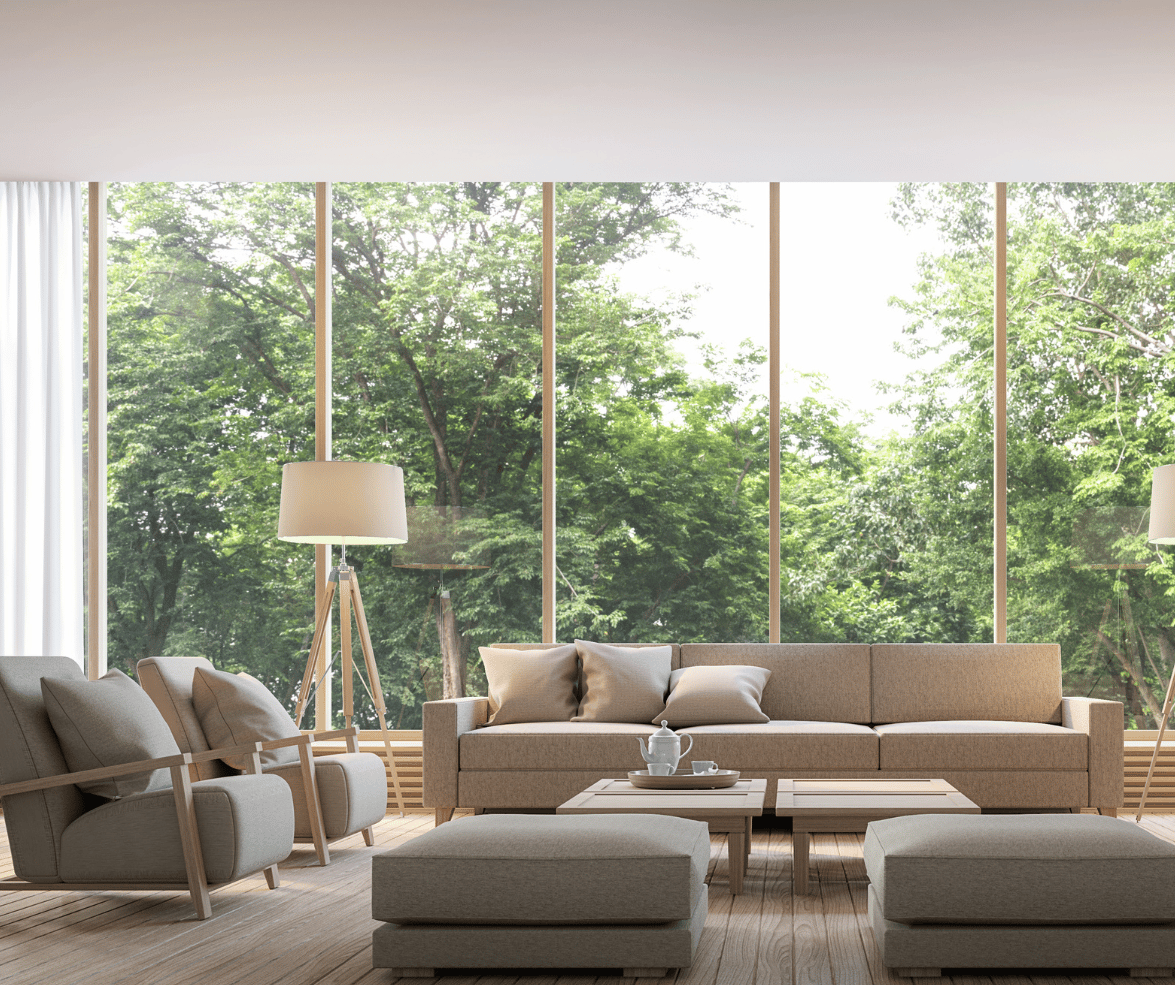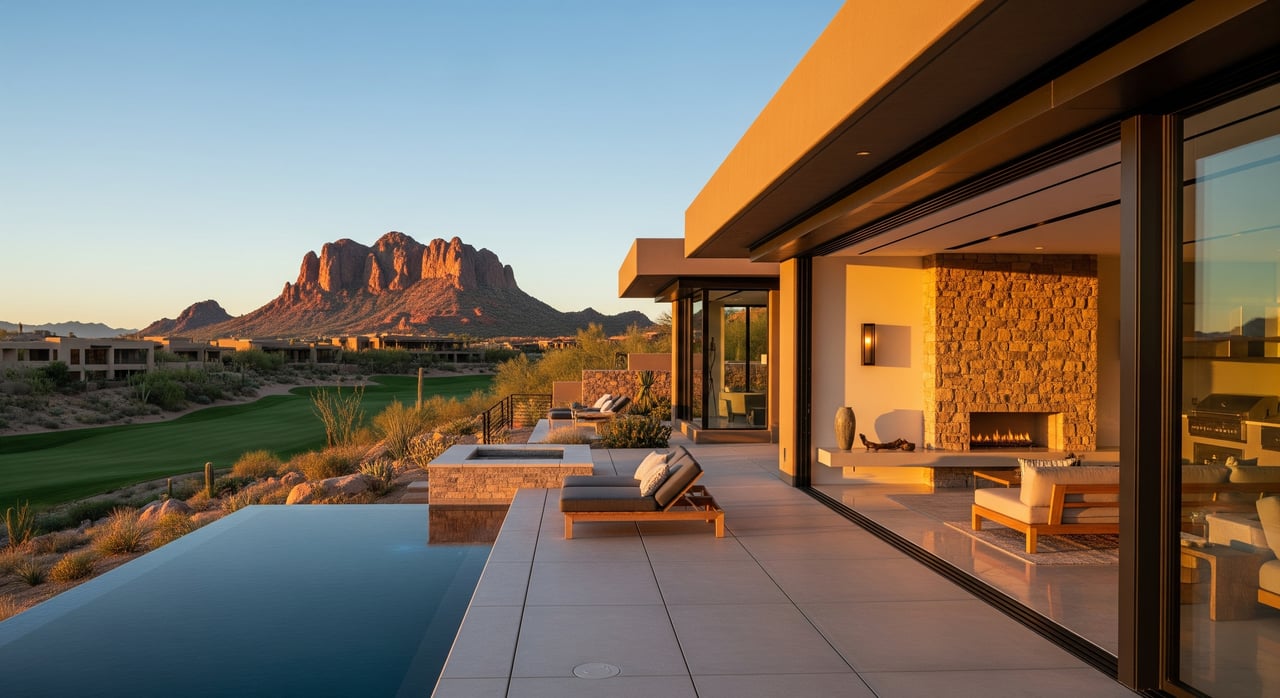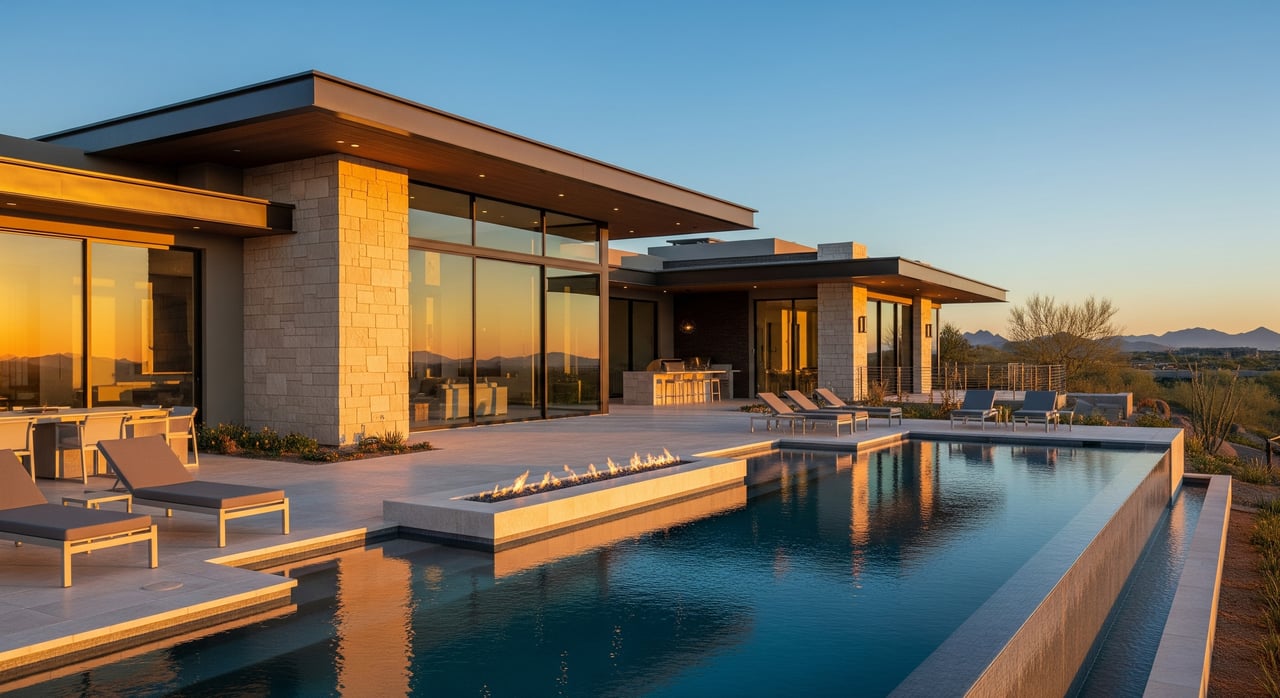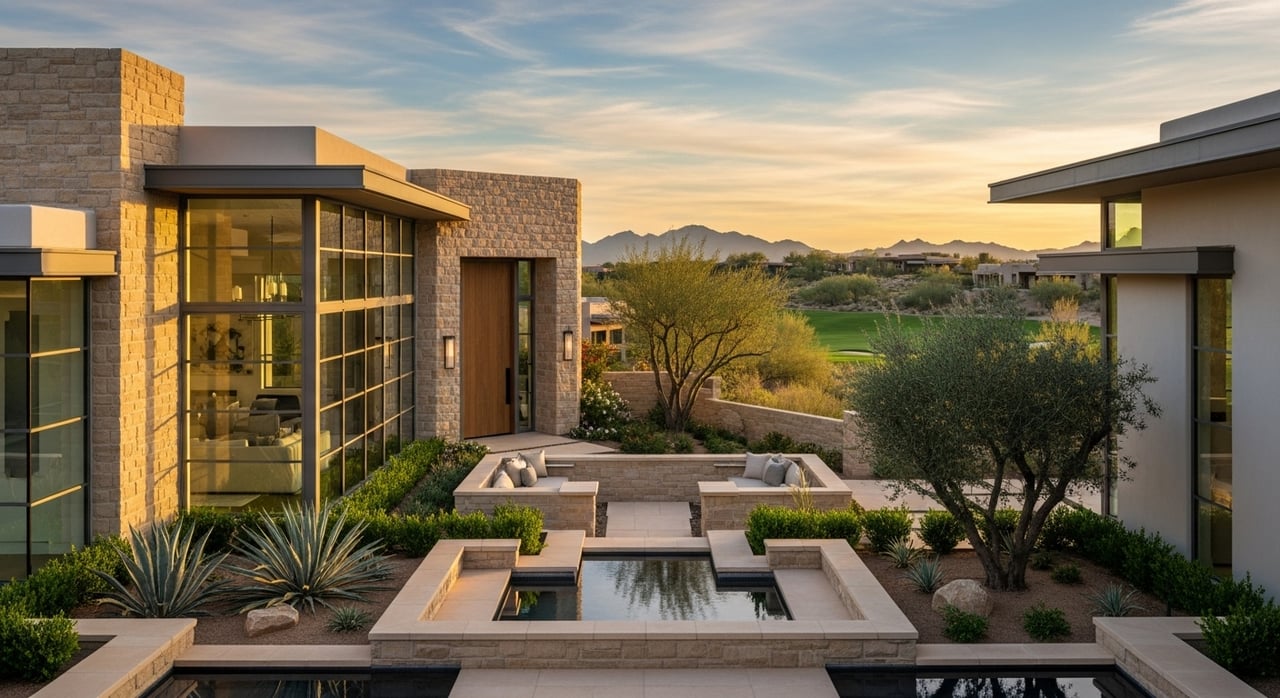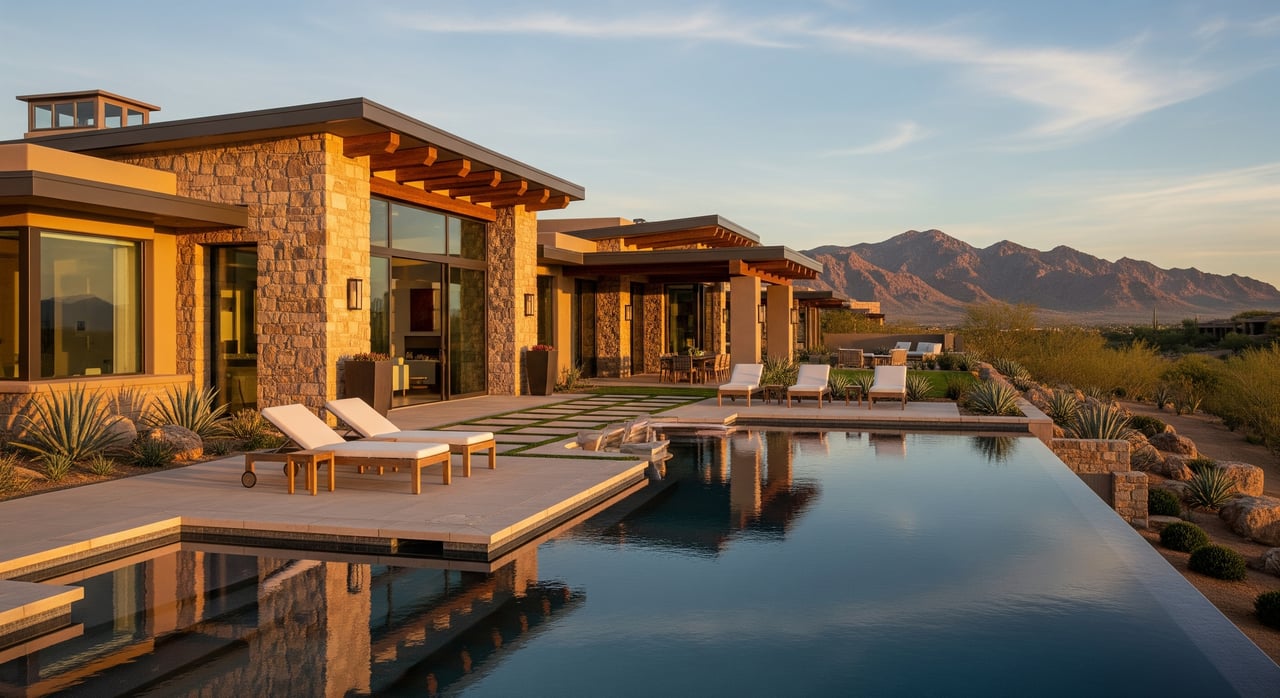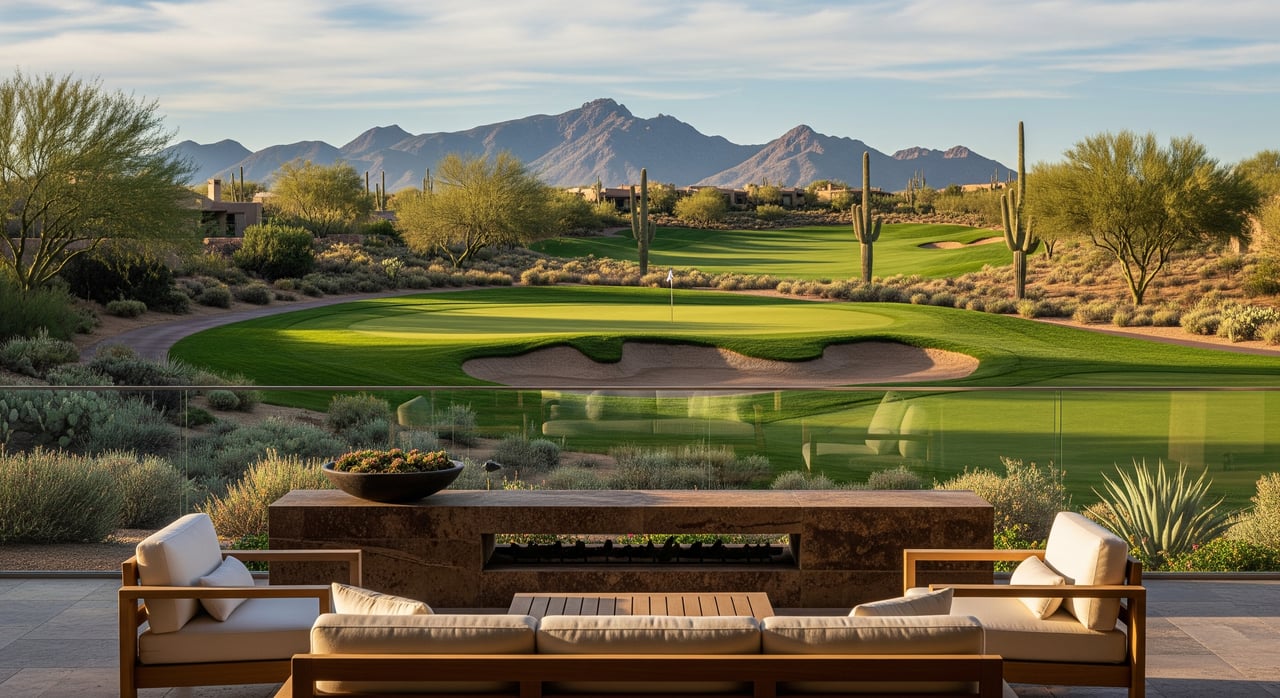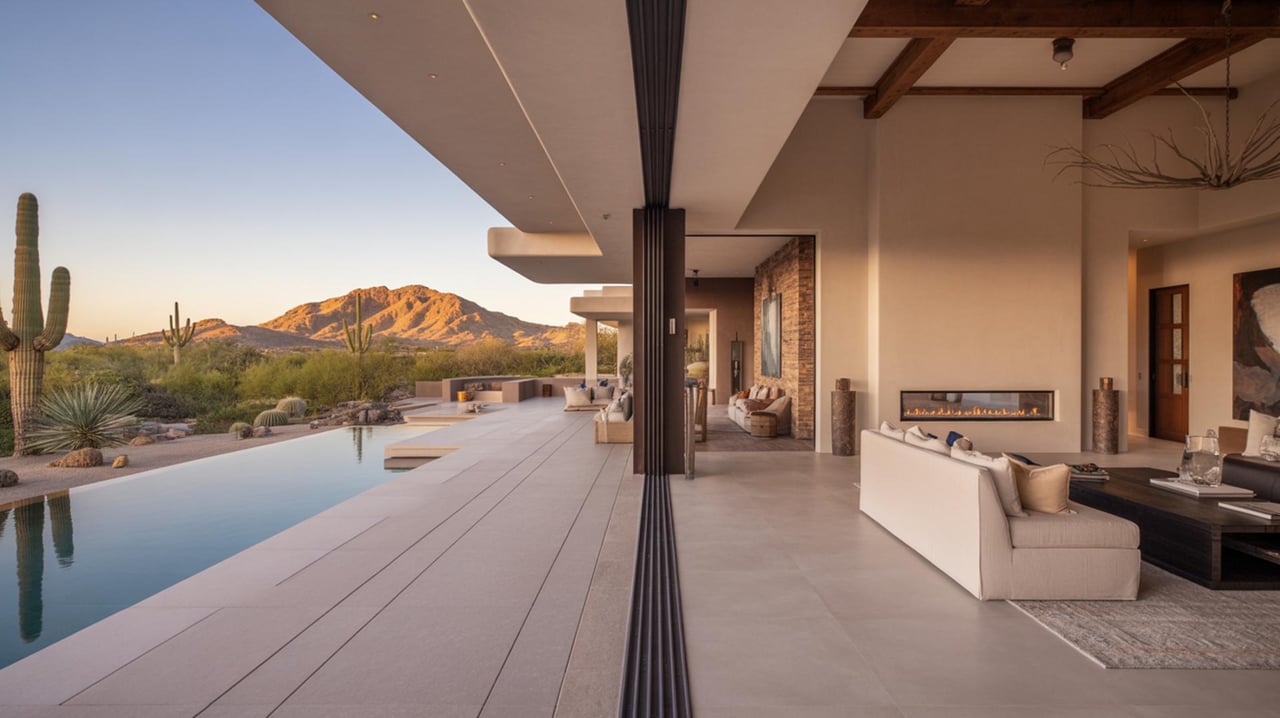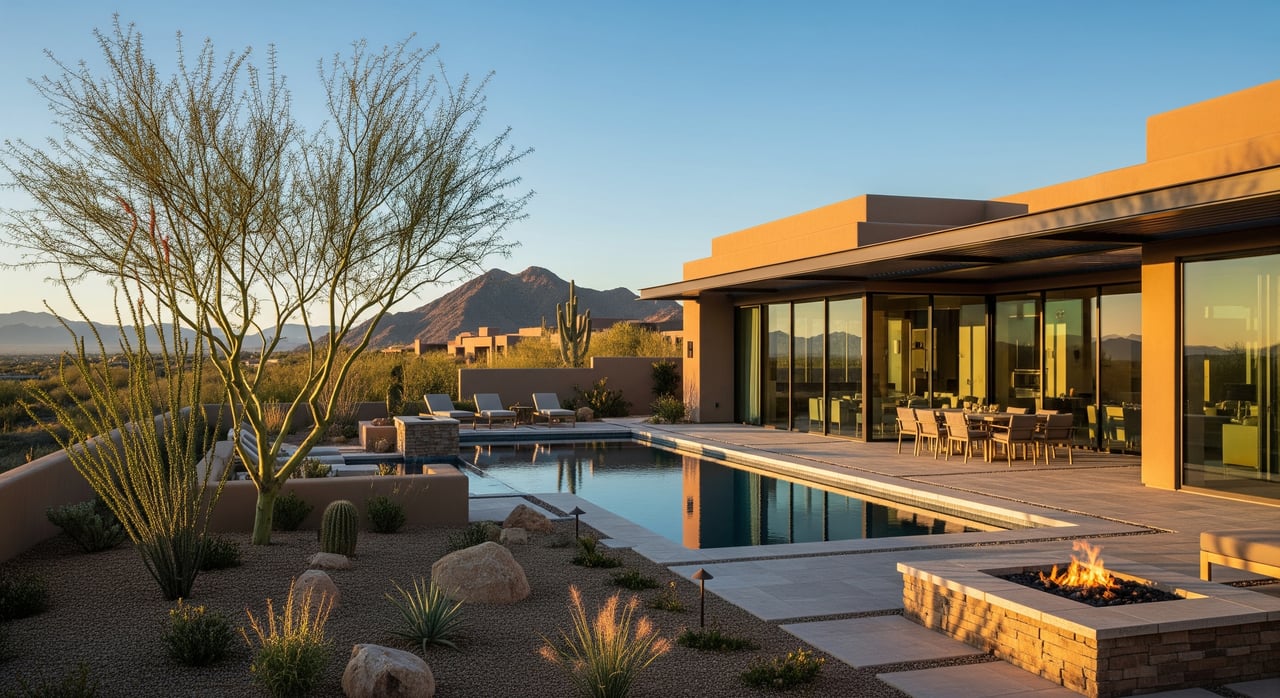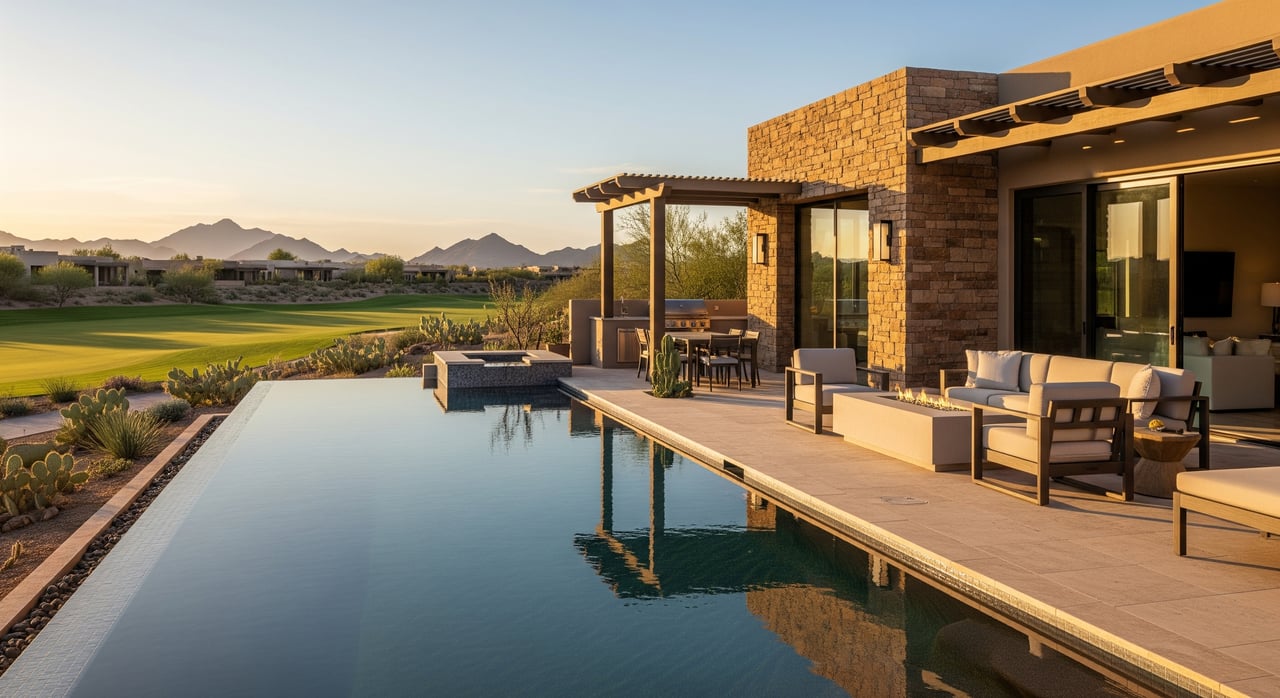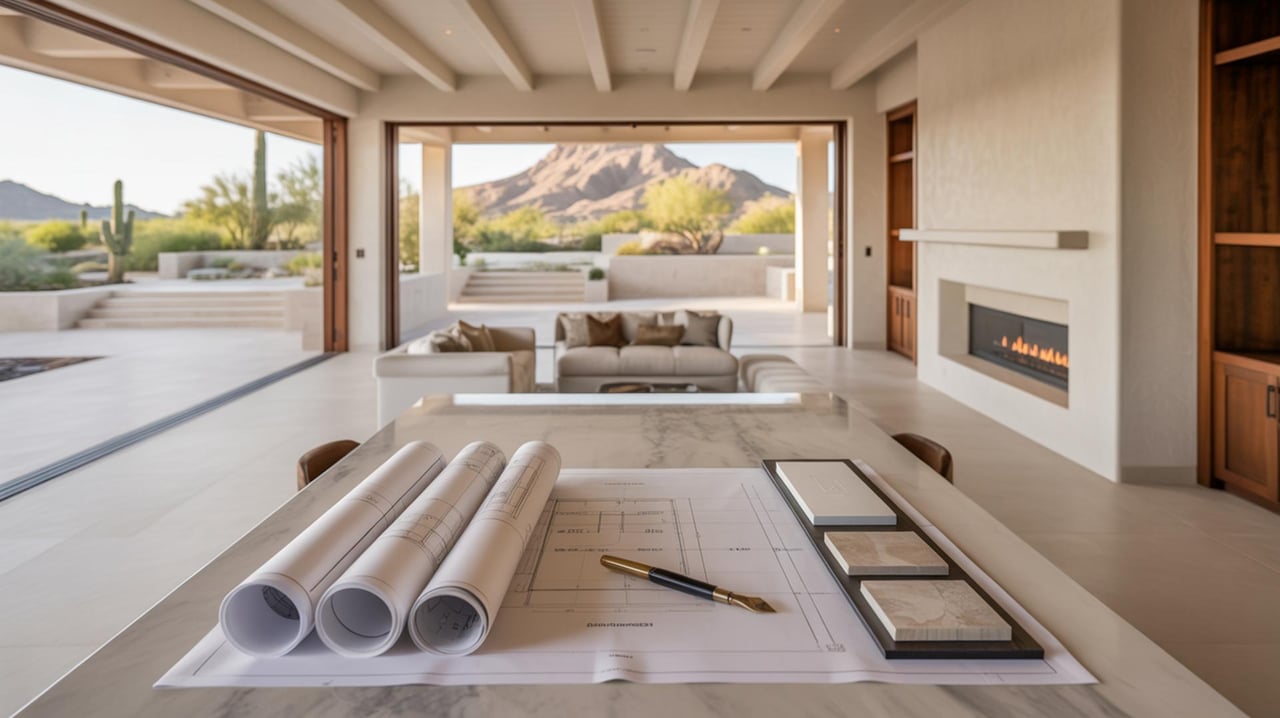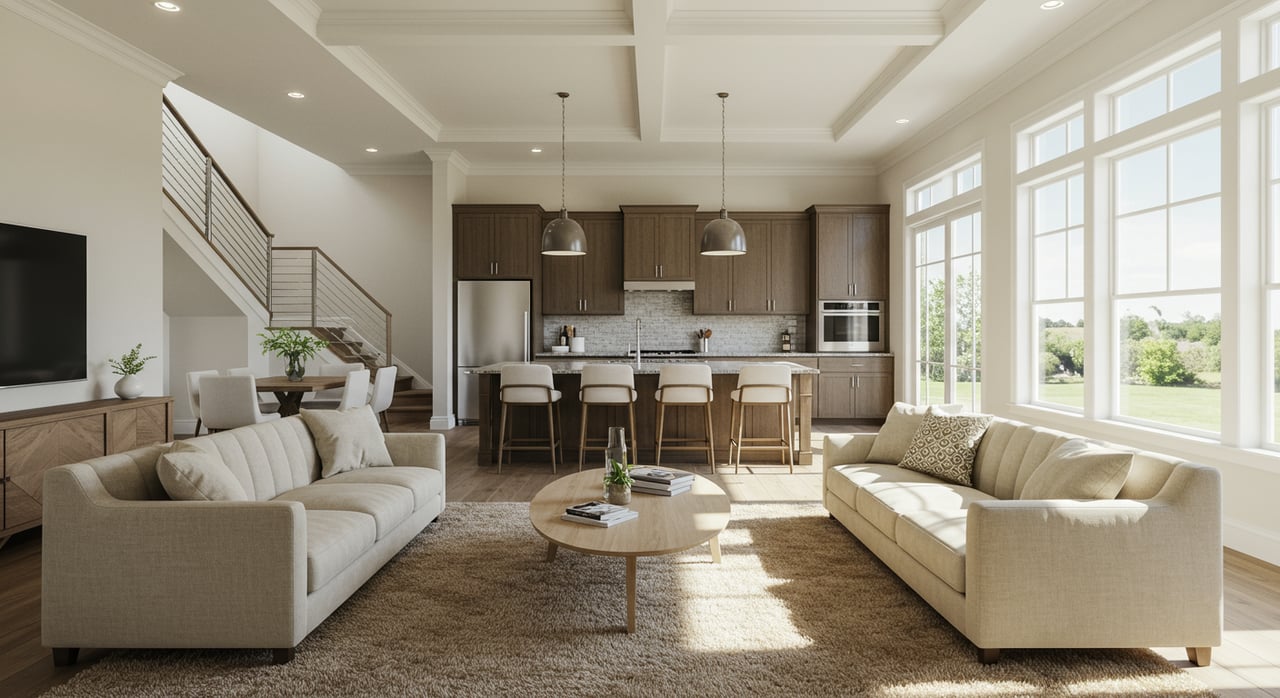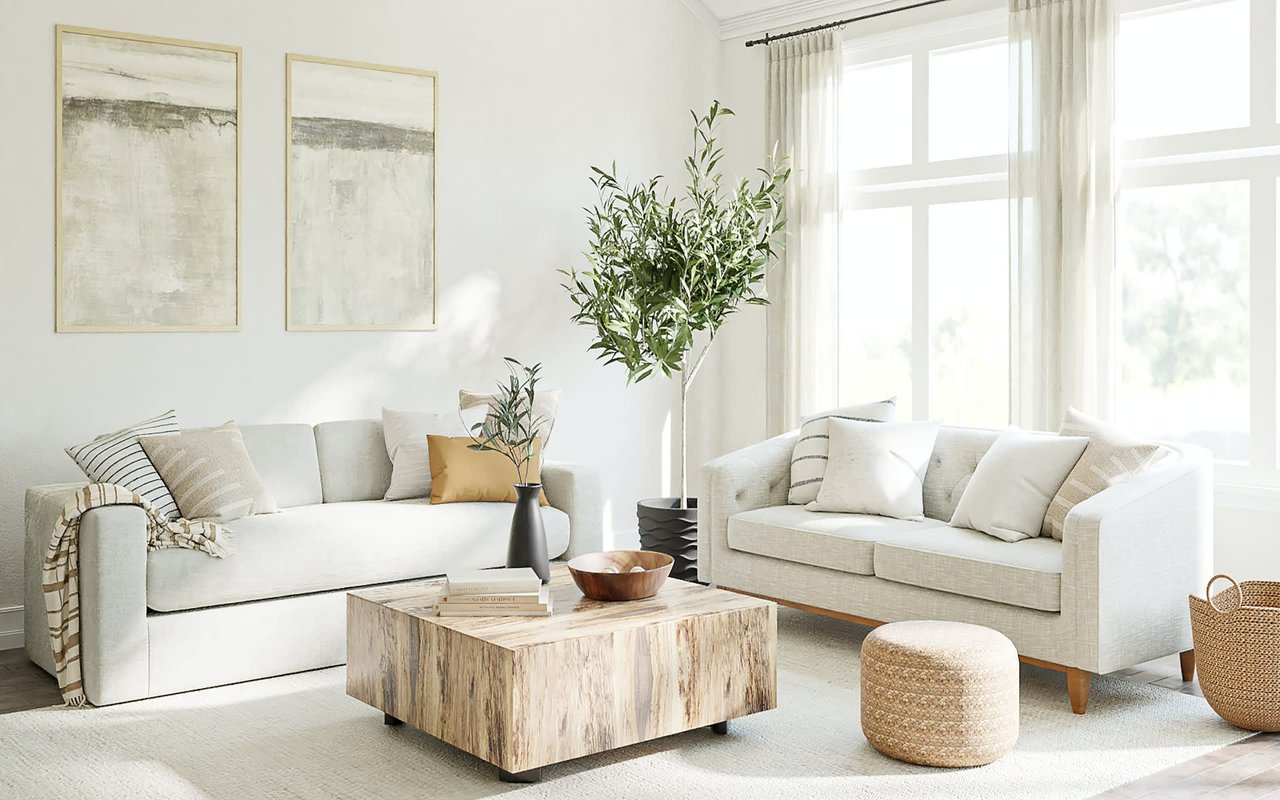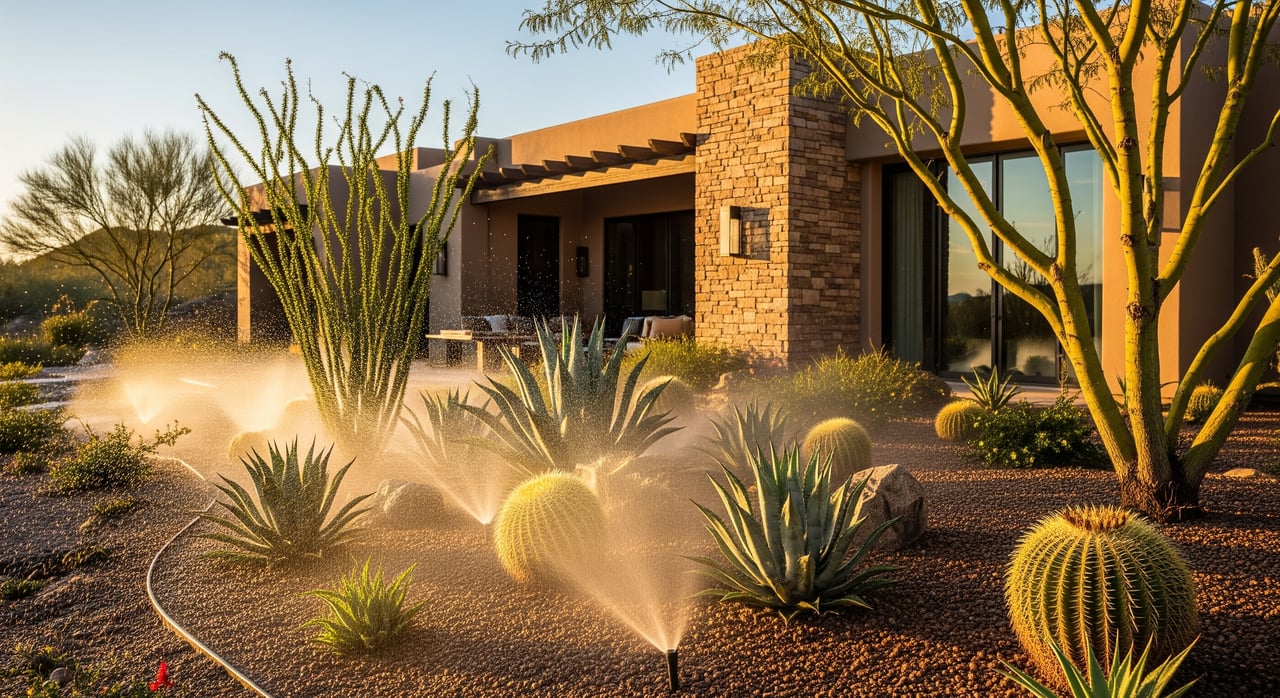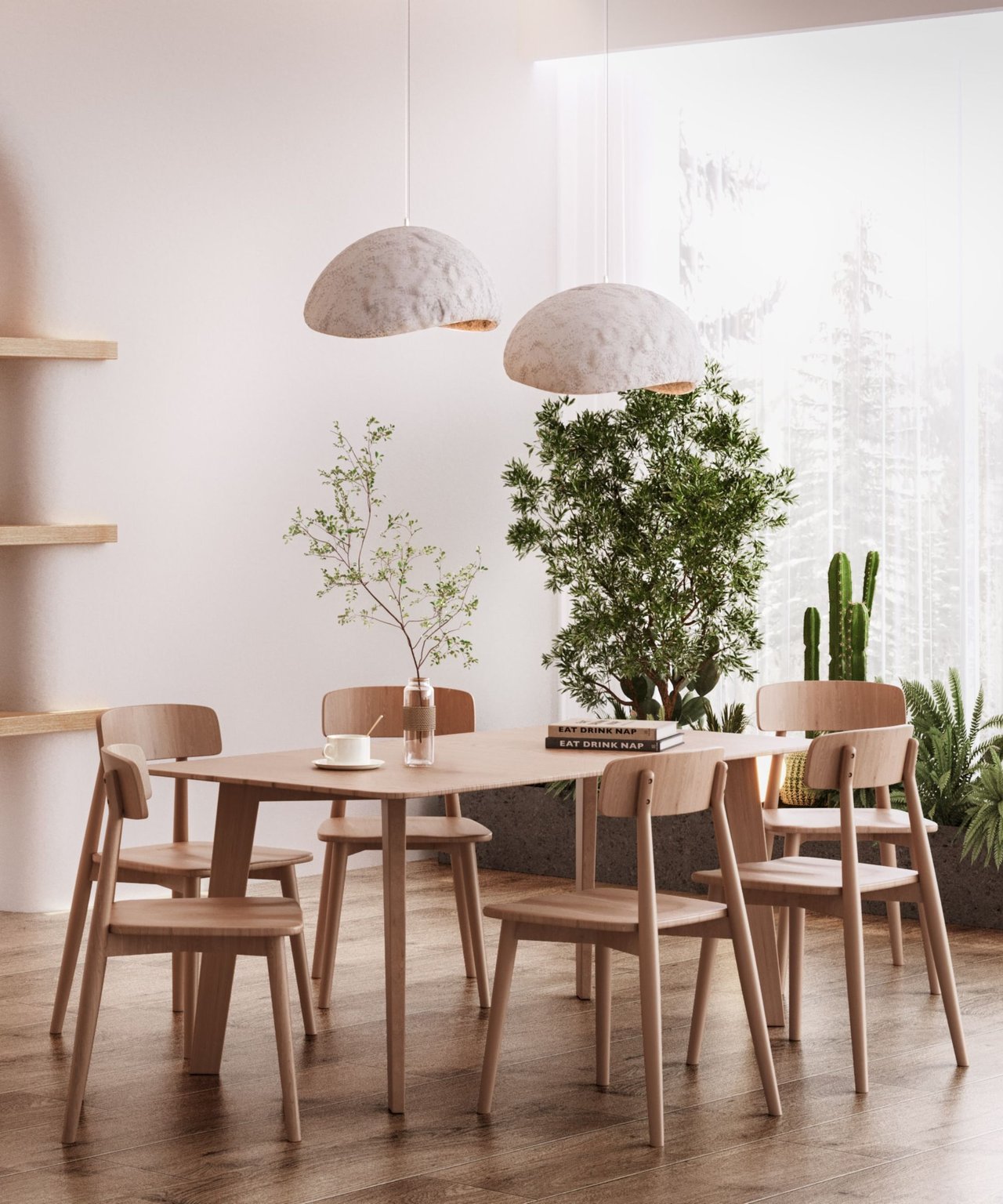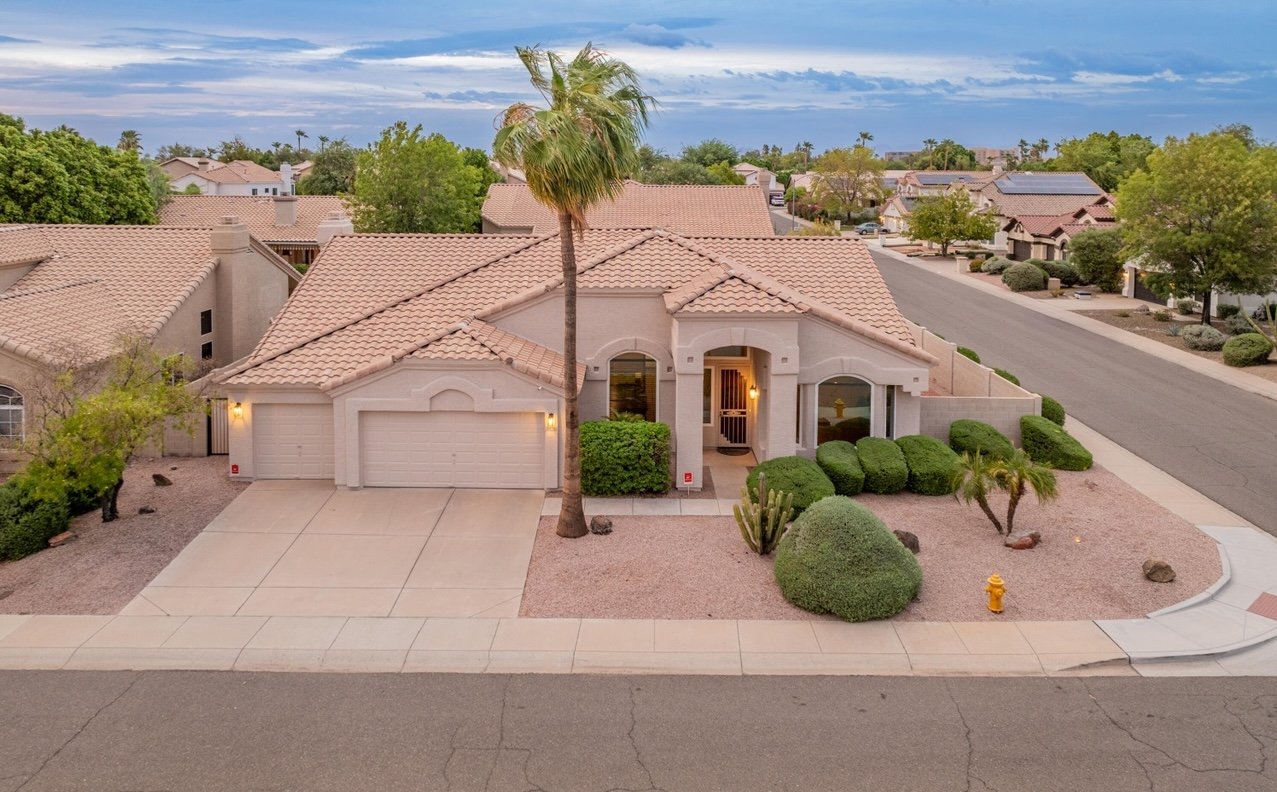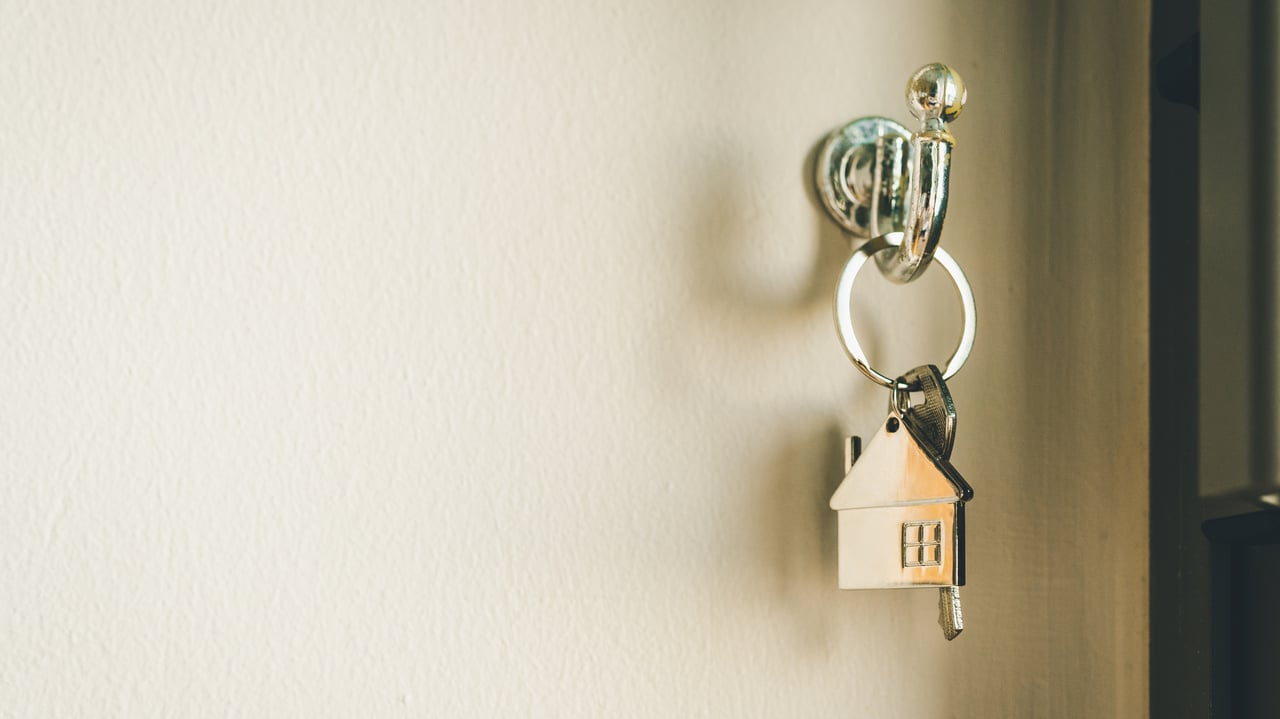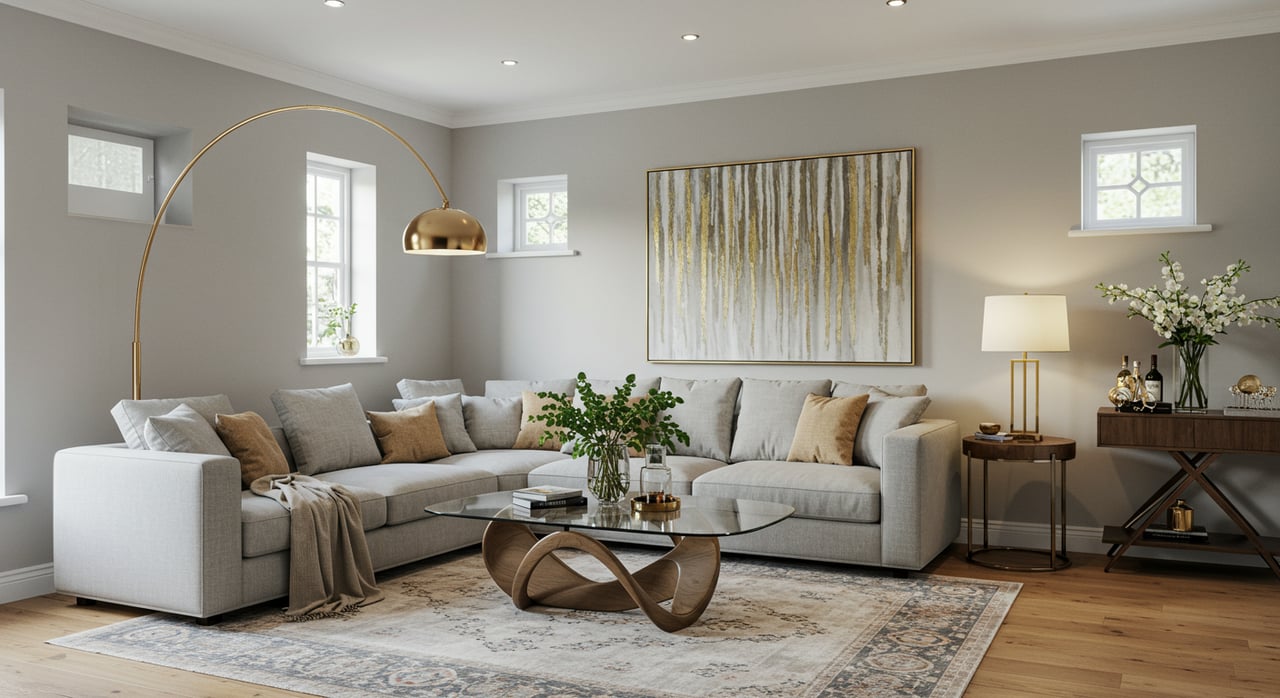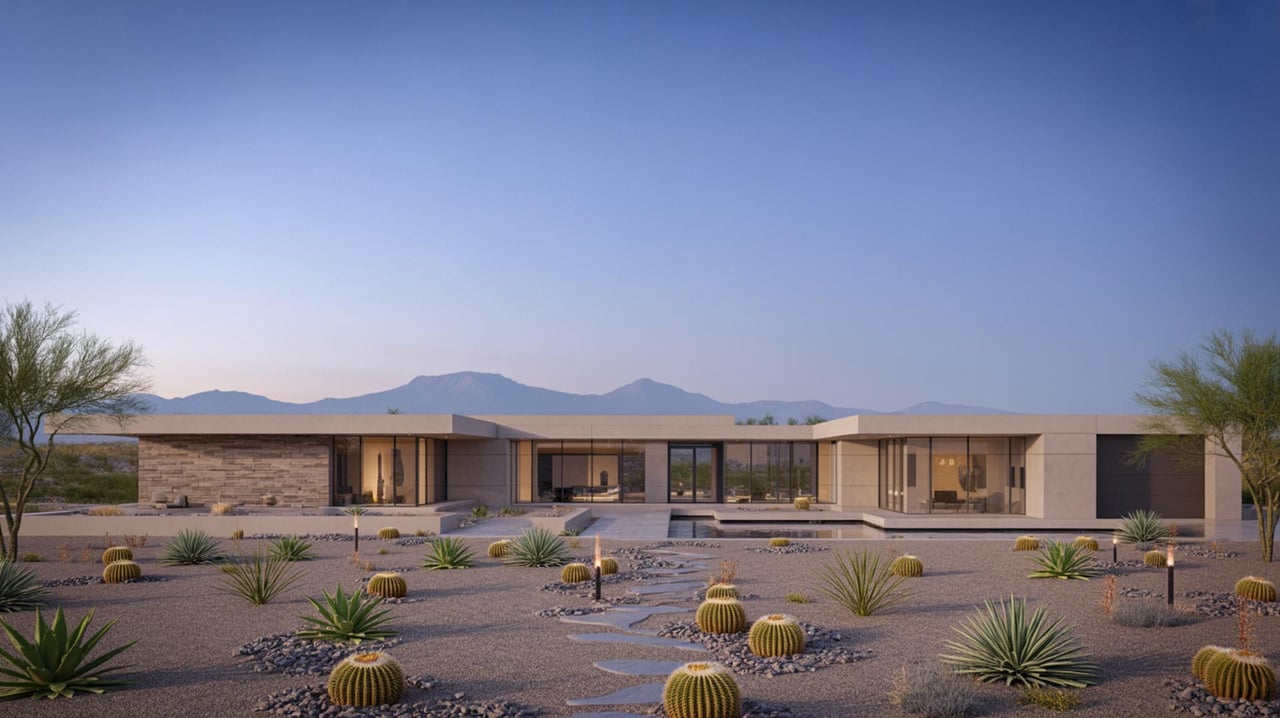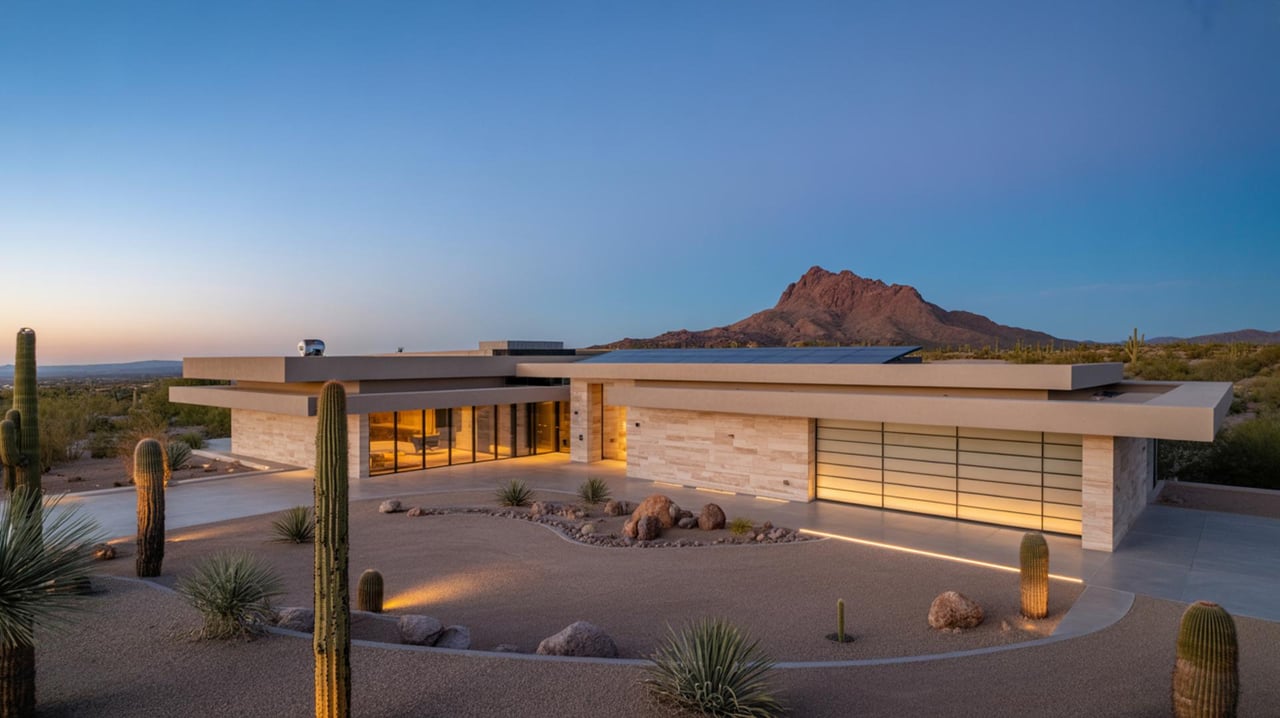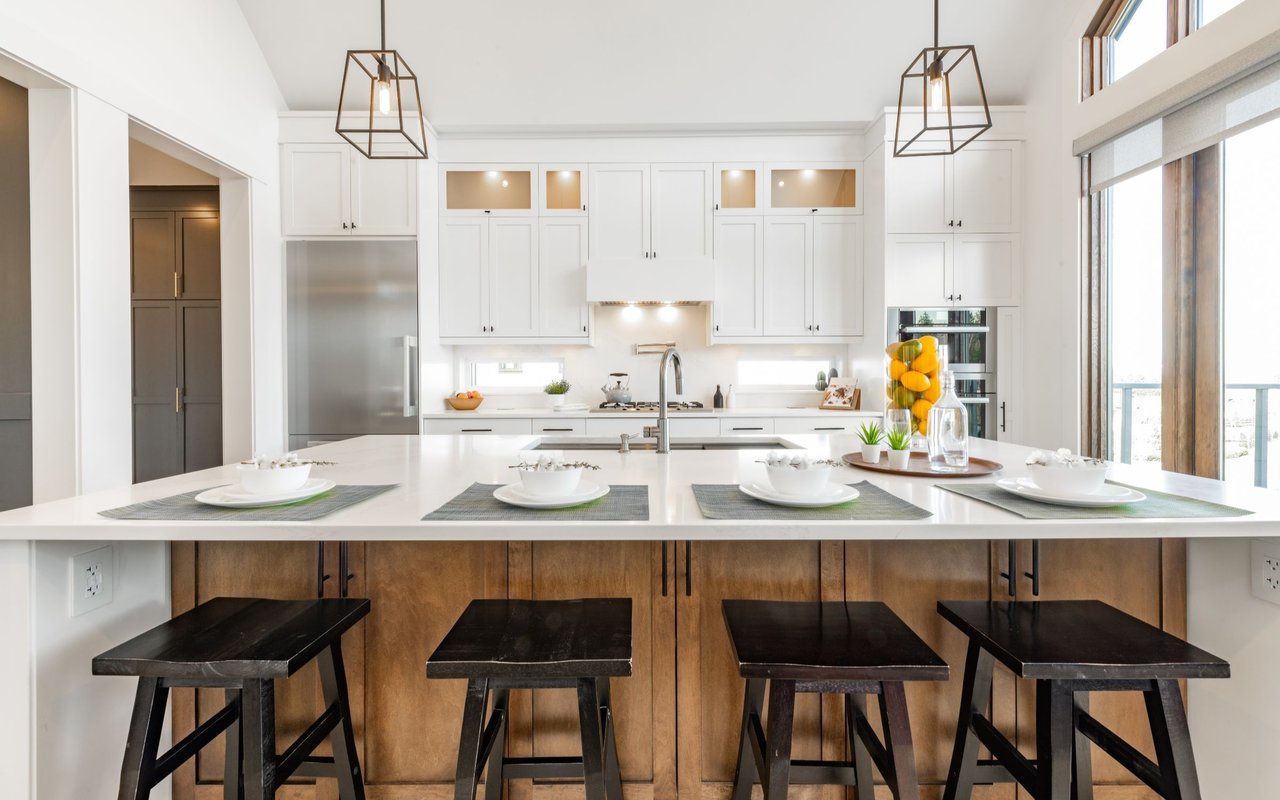1. Embracing the Power of Natural Light
Sunlight is a cornerstone of wellness-focused design, offering a wealth of benefits for both mind and body. Large windows, skylights, and open-plan layouts are not just aesthetically pleasing; they are strategic choices to maximize our exposure to natural light.
● Mental and Emotional Boost: Exposure to natural light is proven to elevate mood, reduce anxiety, and improve focus.] Sunlight stimulates the production of serotonin, a hormone that contributes to feelings of calmness and well-being.
● Improved Sleep quality: Natural light helps regulate our circadian rhythm, the body's internal clock, leading to more restful sleep and increased energy during the day.
● Enhanced Physical Health: Sunlight is a primary source of Vitamin D, which is essential for bone health and a robust immune system. It can also act as a natural disinfectant, helping to prevent the growth of mold and bacteria within the home.
● Energy Efficiency: Maximizing natural light reduces the need for artificial lighting, which can lower energy consumption and utility bills.
2. Redefining the Home Workout
prioritize physical fitness.
3. The Bathroom as a Personal Spa
4. The Importance of Sustainable and Non-Toxic Materials
The materials used to build and furnish our homes have a direct impact on our health and well-being. There is a growing demand for homes constructed with non-toxic and sustainable materials to improve indoor air quality.
● Low-VOC and Natural Paints: Low or zero-VOC (Volatile Organic Compound) paints are a healthier alternative to traditional paints, which can release harmful chemicals into the air.
● Natural and Sustainable Materials: Materials like reclaimed wood, bamboo, cork, and natural fiber carpets are not only environmentally friendly but also free from the harsh chemicals often found in synthetic products. Wool, for example, is a renewable and non-toxic option for insulation.
● Improved Air and Water Filtration: High-quality HVAC systems with advanced air purifiers are becoming essential for removing allergens, pollutants, and dust. Additionally, shower filtration systems can reduce exposure to chlorine and other chemicals that can be harsh on skin and hair.
5. Biophilic Design: Connecting with Nature
Biophilic design is an approach that seeks to connect us more closely with nature within our built environments. This philosophy involves integrating natural elements and patterns into our homes to enhance our well-being. This can be achieved through:
● Indoor Plants and Green Walls: Bringing plants indoors not only purifies the air but also provides a visual connection to nature, which can lower stress levels. Mini green walls are becoming a popular trend for bringing a touch of nature into smaller spaces.
● Natural Textures and Patterns: Incorporating materials like wood and stone, and using nature-inspired patterns in textiles and decor, can foster a calming and grounding environment.
● Views of Nature: Strategically placing windows to frame views of the outdoors can create a sense of tranquility and connection to the natural world.
The Healthy Home Blueprint
The movement towards wellness-focused living is a clear indication that we are recognizing the profound impact our surroundings have on our health. By prioritizing natural light, dedicated spaces for movement and relaxation, and the use of clean, sustainable materials, we are not just constructing houses—we are creating sanctuaries that support our holistic well-being.
